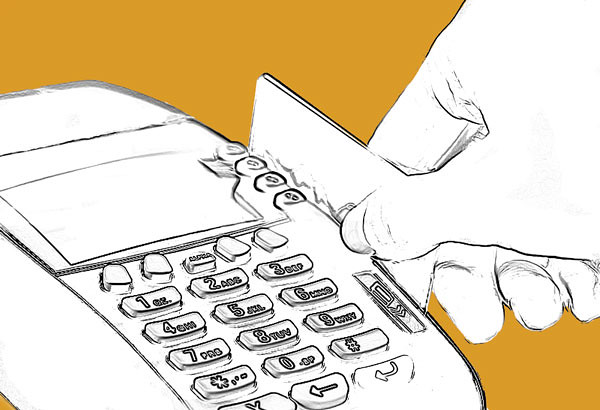The future of money in a mobile age
Within the next decade, smart-device swiping will have gained mainstream acceptance as a method of payment and could largely replace cash and credit cards for most online and in-store purchases by smartphone and tablet owners, according to a new survey of technology experts and stakeholders.
Many of the people surveyed by Elon University’s Imagining the Internet Center and the Pew Research Center’s Internet & American Life Project said that the security, convenience and other benefits of “mobile wallet†systems will lead to widespread adoption of these technologies for everyday purchases by 2020.
Others—including some who are generally positive about the future of mobile payments—expect this process to unfold relatively slowly due to a combination of privacy fears, a desire for anonymous payments, demographic inertia, a lack of infrastructure to support widespread adoption, and resistance from those with a financial stake in the existing payment structure.
The survey results are based on a non-random, opt-in, online sample of 1,021 Internet experts and other Internet users, recruited via email invitation, Twitter or Facebook from the Pew Research Center’s Internet & American Life Project and the Imagining the Internet Center at Elon University. Since the data are based on a non-random sample, a margin of error cannot be computed, and the results are not projectable to any population other than the experts in this sample.



